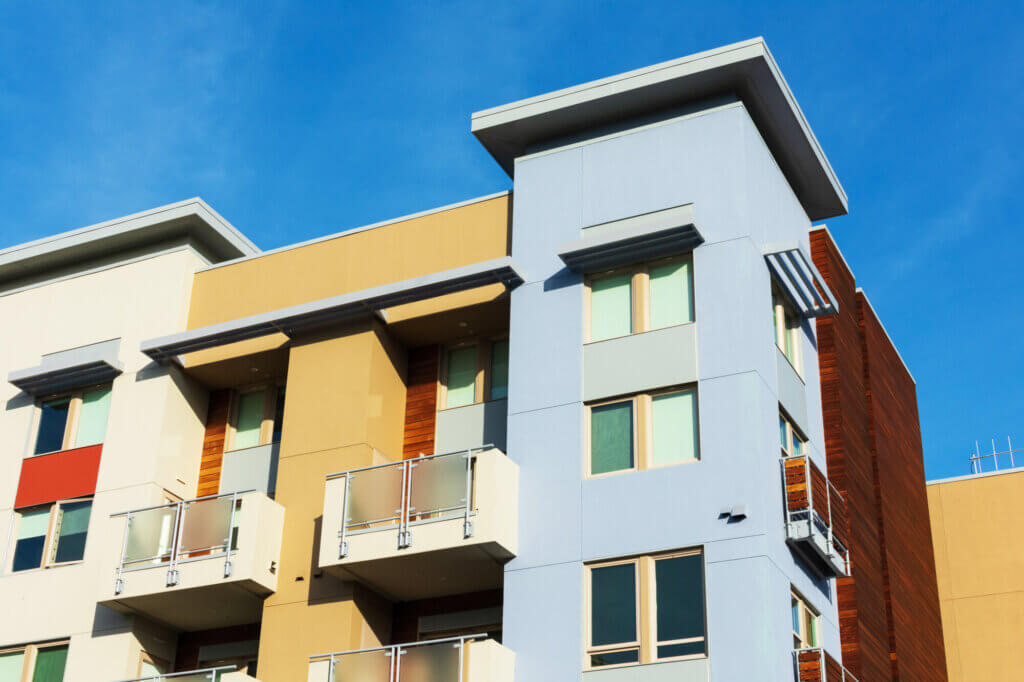Creating Equitable Communities through Housing and Transportation
Published On April 8, 2021
Last month, our Research Director Elizabeth Kneebone gave testimony to the U.S. House of Representatives Subcommittee on the Departments of Transportation, Housing and Urban Development, and Related Agencies on the critical role of housing and transportation in building equitable communities.
In her testimony, Kneebone outlines how federal, state, and local policies and programs and private market practices have fueled economic and racial segregation and resulted in disparities in homeownership, wealth building, and access to communities with employment, educational, and other opportunities.
To effectively contribute to the creation of equitable communities, federal housing and transportation policies must recognize and work to redress this uneven landscape. These efforts should begin by responding to the COVID-19 pandemic by prioritizing resources and protection to the hardest hit households and landlords, fund struggling transit systems—particularly bus routes that serve low-income neighborhoods and communities of color—at risk of service cuts, and take lessons from the Great Recession to deploy aid in ways that do not further exacerbate disparities.
Over the longer term, federal policy should work to advance the three key priorities outlined in our recent federal framework and, in particular, further regional approaches to plan for, fund, and hold localities accountable to housing and transportation goals.
Watch the full testimony below (Kneebone’s testimony begins at 43:00, and the full panel discussion follows), and read the written testimony here.





